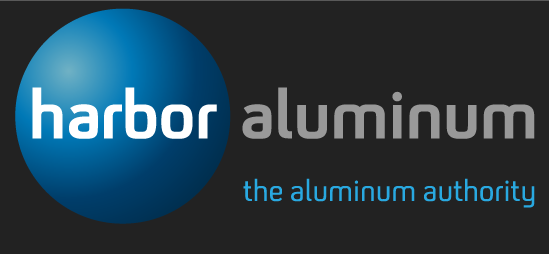Aluminium Price Trends Usually Tell a Story
Aluminium Price Trends Usually Tell a Story
History clearly shows that aluminium prices move in long-term trends. Just like most commodities, aluminium price trends typically last between one and three decades. This means prices will show, for an extended period of time, either a clear upward, downward or sideline trend. For example, from 1980 to 2004, aluminium prices showed a tightening range trading trend. Prices moved within a range that became smaller as time passed. Then in 2005, aluminium prices entered into a new clear upward trend.
The reason aluminium price trends are long-term in nature is because supply and demand are also usually subject to long-term developments. For example, the tightening range trading trend of 1980 -2005 was caused by an underlying anemic rate of growth from an economically mature developed world, a technological breakthrough in the production of aluminium (AP 18 and AP 30 technology) and cheap stranded energy that lowered output costs. In the case of the current long-term upward trend that started in 2005, sourcing factors were strong structural demand of the developing world (headed by China and then India, Brazil, Russia, and others) and supply restraints (given lack of cheap stranded energy, higher capex costs and insufficient and poor bauxite reserves in China, among others).
Aluminium price trends have an overall identified price direction that is far from perfect, especially when these trends are long-term. This means prices never go straight up or down. Prices suffer volatility in all trends but within a limited and usually well-identified range. Every long-term upward trend has several short-term counter trends or periods of rest, and vice-versa. The sources of short-term counter trends are: the cyclicality nature of the economy, seasonal patterns, speculation, and unexpected short-term industry events such a temporal disruption in supply or demand.
At HARBOR Aluminum intelligence we know the value of identifying the aluminium price trend composition. We always ask the important questions. What’s the long term trend? The short-term trend? And what’s behind them? Once we identify trends and their sources, we assess the attractiveness of prices by looking at which price levels are really cheap and which ones are really expensive. Since these levels are dynamic, so our buying-selling strategies. A long-term trend requires a long-term strategy. A short-term trend requires a short-term time frame strategy. We believe going against the trend is usually a high risk and low reward strategy. You never try to catch a falling knife.
The bottom line is that at HARBOR Aluminum intelligence we recognize that aluminium prices move in long-term trends as a result of the long-term nature of supply and demand developments. We also recognize that these long-term trends have short-term counter trends. That’s why our price outlook and buying recommendations are always designed within the inherent prevailing long and short price trends of the market. As a result, we deliver accurate buying/selling strategies that have delivered considerable value to our clients.
At HARBOR ALUMINUM intelligence, we provide premium aluminium market & price outlook intelligence reports. Our aluminium market research is shared in a bottom line-executive-focused format. Most of our reports are interactive and take less than five minutes to read and you have the option of going as deep as you want, depending on your needs. We deliver them at the right time: daily, weekly, monthly and quarterly.
